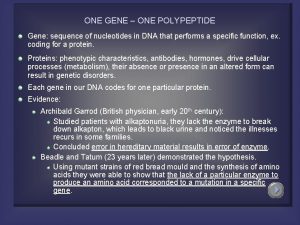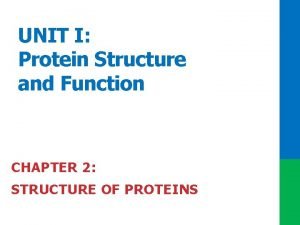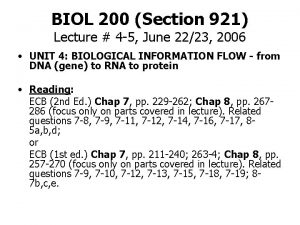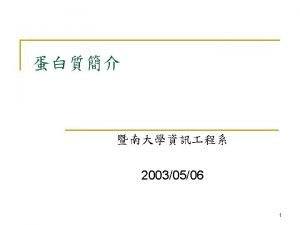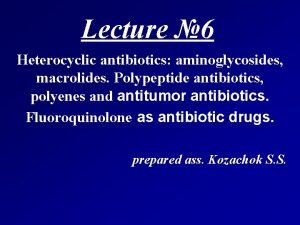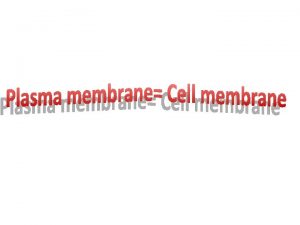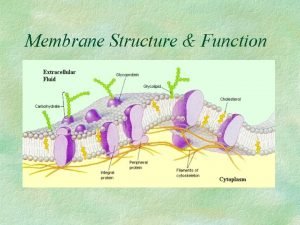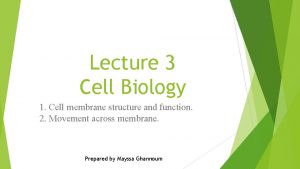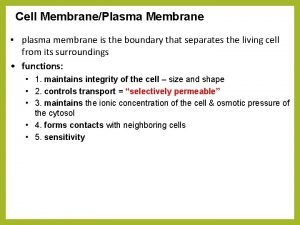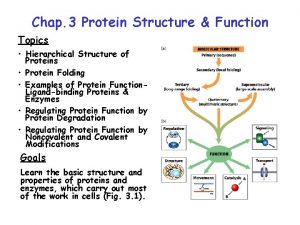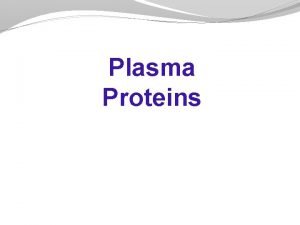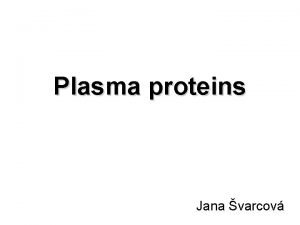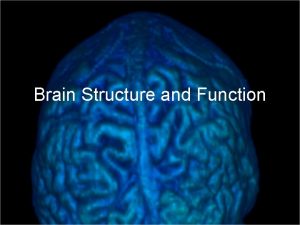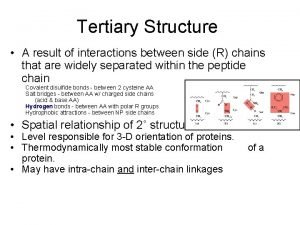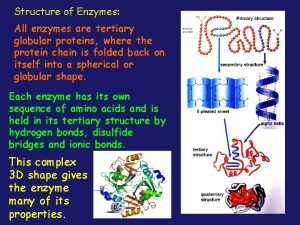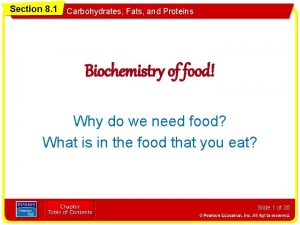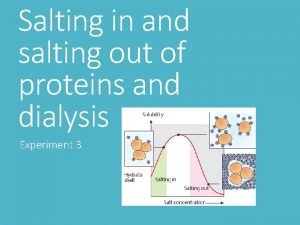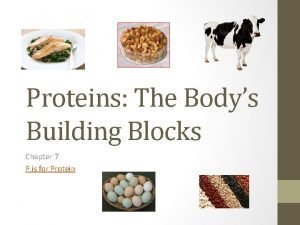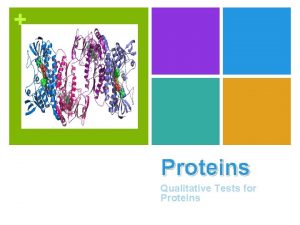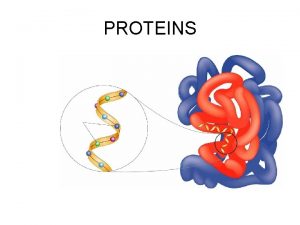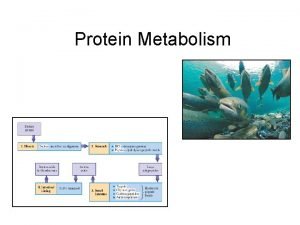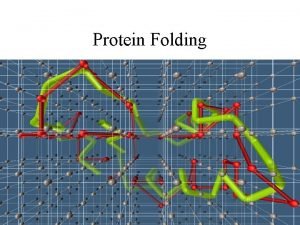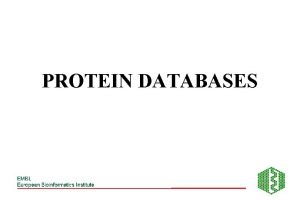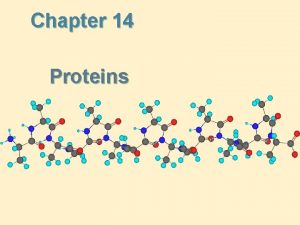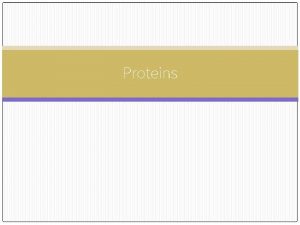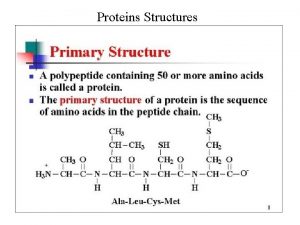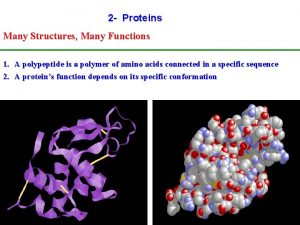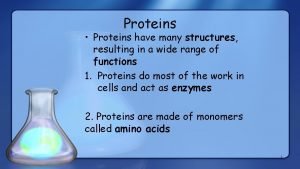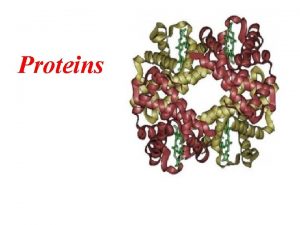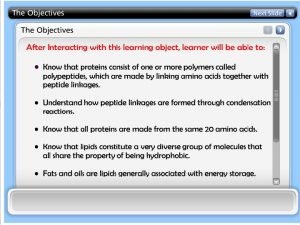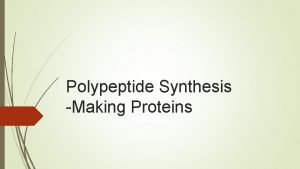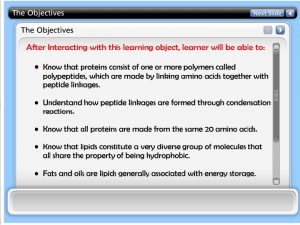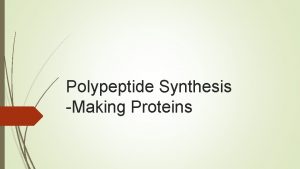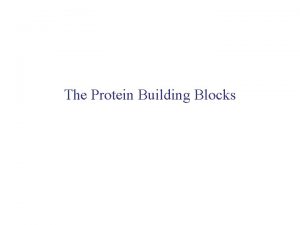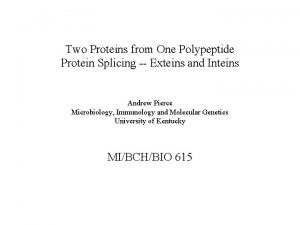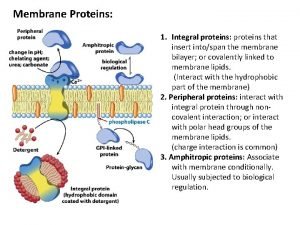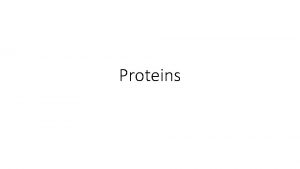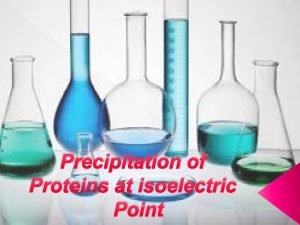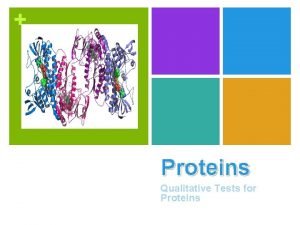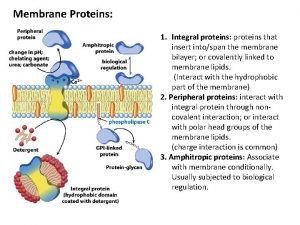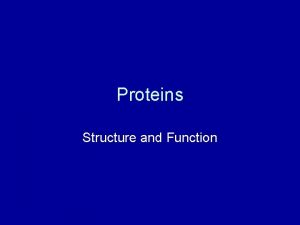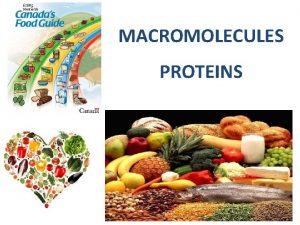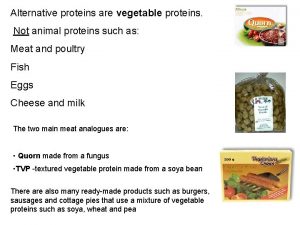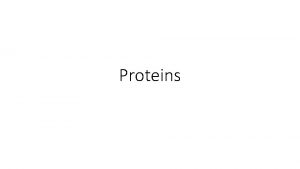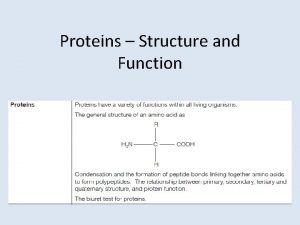Proteins Many Structures Many Functions 1 A polypeptide






























- Slides: 30

Proteins - Many Structures, Many Functions 1. A polypeptide is a polymer of amino acids connected to a specific sequence 2. A protein’s function depends on its specific conformation

• Proteins are the most structurally complex molecules known. • Each type of protein has a complex three-dimensional shape or conformation. • All protein polymers are constructed from the same set of 20 monomers, called amino acids. • Polymers of proteins are called polypeptides. • A protein consists of one or more polypeptides folded and coiled into a specific conformation.

1. A polypeptide is a polymer of amino acids connected in a specific sequence • Amino acids consist of four components attached to a central carbon, the alpha carbon. • These components include a hydrogen atom, a carboxyl group, an amino group, and a variable R group (or side chain). • Differences in R groups produce the 20 different amino acids. Copyright © 2002 Pearson Education, Inc. , publishing as Benjamin Cummings

• The twenty different R groups may be as simple as a hydrogen atom (as in the amino acid glutamine) to a carbon skeleton with various functional groups attached. • The physical and chemical characteristics of the R group determine the unique characteristics of a particular amino acid.

• One group of amino acids has hydrophobic R groups. Fig. 5. 15 a Copyright © 2002 Pearson Education, Inc. , publishing as Benjamin Cummings

• Another group of amino acids has polar R groups, making them hydrophilic. Fig. 5. 15 b Copyright © 2002 Pearson Education, Inc. , publishing as Benjamin Cummings

• The last group of amino acids includes those with functional groups that are charged (ionized) at cellular p. H. • Some R groups are bases, others are acids. Fig. 5. 15 c Copyright © 2002 Pearson Education, Inc. , publishing as Benjamin Cummings

• Amino acids are joined together when a dehydration reaction removes a hydroxyl group from the carboxyl end of one amino acid and a hydrogen from the amino group of another. • The resulting covalent bond is called a peptide bond. Fig. 5. 16 Copyright © 2002 Pearson Education, Inc. , publishing as Benjamin Cummings

• Repeating the process over and over creates a long polypeptide chain. • At one end is an amino acid with a free amino group the (the N-terminus) and at the other is an amino acid with a free carboxyl group the (the C-terminus). • The repeated sequence (N-C-C) is the polypeptide backbone. • Attached to the backbone are the various R groups. • Polypeptides range in size from a few monomers to thousands.

2. A protein’s function depends on its specific conformation • A functional proteins consists of one or more polypeptides that have been precisely twisted, folded, and coiled into a unique shape. • It is the order of amino acids that determines what the three-dimensional conformation will be. Fig. 5. 17 Copyright © 2002 Pearson Education, Inc. , publishing as Benjamin Cummings

• A protein’s specific conformation determines its function. • In almost every case, the function depends on its ability to recognize and bind to some other molecule. • For example, antibodies bind to particular foreign substances that fit their binding sites. • Enzyme recognize and bind to specific substrates, facilitating a chemical reaction. • Neurotransmitters pass signals from one cell to another by binding to receptor sites on proteins in the membrane of the receiving cell.

• The folding of a protein from a chain of amino acids occurs spontaneously. • The function of a protein is an emergent property resulting from its specific molecular order. • Three levels of structure: primary, secondary, and tertiary structure, are used to organize the folding within a single polypeptide. • Quarternary structure arises when two or more polypeptides join to form a protein.

• The primary structure of a protein is its unique sequence of amino acids. • Lysozyme, an enzyme that attacks bacteria, consists on a polypeptide chain of 129 amino acids. • The precise primary structure of a protein is determined by inherited genetic information. Fig. 5. 18 Copyright © 2002 Pearson Education, Inc. , publishing as Benjamin Cummings

• The secondary structure of a protein results from hydrogen bonds at regular intervals along the polypeptide backbone. • Typical shapes that develop from secondary structure are coils (an alpha helix) or folds (beta pleated sheets). Fig. 5. 20 Copyright © 2002 Pearson Education, Inc. , publishing as Benjamin Cummings

• The structural properties of silk are due to beta pleated sheets. • The presence of so many hydrogen bonds makes each silk fiber stronger than steel. Fig. 5. 21 Copyright © 2002 Pearson Education, Inc. , publishing as Benjamin Cummings

• Tertiary structure is determined by a variety of interactions among R groups and between R groups and the polypeptide backbone. • These interactions include hydrogen bonds among polar and/or charged areas, ionic bonds between charged R groups, and hydrophobic interactions and van der Waals interactions among hydrophobic R groups. Fig. 5. 22 Copyright © 2002 Pearson Education, Inc. , publishing as Benjamin Cummings

• While these three interactions are relatively weak, disulfide bridges, strong covalent bonds that form between the sulfhydryl groups (SH) of cysteine monomers, stabilize the structure. Fig. 5. 22 Copyright © 2002 Pearson Education, Inc. , publishing as Benjamin Cummings

Fig. 5. 24 Copyright © 2002 Pearson Education, Inc. , publishing as Benjamin Cummings

• A protein’s conformation can change in response to the physical and chemical conditions. • Alterations in p. H, salt concentration, temperature, or other factors can unravel or denature a protein. • These forces disrupt the hydrogen bonds, ionic bonds, and disulfide bridges that maintain the protein’s shape. • Some proteins can return to their functional shape after denaturation, but others cannot, especially in the crowded environment of the cell.

Fig. 5. 25 Copyright © 2002 Pearson Education, Inc. , publishing as Benjamin Cummings

Protein Folding in the Cell • It is hard to predict a protein’s structure from its primary structure • Most proteins probably go through several intermediate structures on their way to their final, stable shape • Scientists use X-ray crystallography to determine 3 -D protein structure based on diffractions of an X-ray beam by atoms of the crystalized molecule © 2014 Pearson Education, Inc.

Figure 3. 24 Experiment Diffracted X-rays X-ray source X-ray beam Crystal Digital detector X-ray diffraction pattern Results RNA DNA RNA polymerase

• The folding of many proteins is protected by chaperonin proteins that shield out bad influences. Fig. 5. 26 Copyright © 2002 Pearson Education, Inc. , publishing as Benjamin Cummings

• A new generation of supercomputers is being developed to generate the conformation of any protein from its amino acid sequence or even its gene sequence. • Part of the goal is to develop general principles that govern protein folding. • At present, scientists use X-ray crystallography to determine protein conformation. • This technique requires the formation of a crystal of the protein being studied. • The pattern of diffraction of an X-ray by the atoms of the crystal can be used to determine the location of the atoms and to build a computer model of its structure.

Fig. 5. 27 Copyright © 2002 Pearson Education, Inc. , publishing as Benjamin Cummings

Linus Pauling

Figure 3. 22 ba 5 m

Figure 3. 21 f Heme Iron subunit Hemoglobin

Figure 3. 22 Sickle-cell Normal Primary Structure 1 2 3 4 5 6 7 Secondary and Tertiary Structures Quaternary Structure Function Normal hemoglobin subunit Molecules do not associate with one another; each carries oxygen. 5 m Exposed hydrophobic region Sickle-cell hemoglobin subunit Red Blood Cell Shape Molecules crystallized into a fiber; capacity to carry oxygen is reduced. 5 m

Proteomics • Link
 One gene one polypeptide concept
One gene one polypeptide concept Polypeptide naming
Polypeptide naming Polypeptide binding
Polypeptide binding Polypeptide chain
Polypeptide chain The most potent stimulus for erythropoiesis
The most potent stimulus for erythropoiesis Fungizome
Fungizome Function of protein
Function of protein Glycoprotein vs glycolipid
Glycoprotein vs glycolipid Cell membrane function
Cell membrane function Exocytosis definition biology
Exocytosis definition biology Membrane proteins functions
Membrane proteins functions Functions and importance of proteins
Functions and importance of proteins Functions of plasma proteins
Functions of plasma proteins What is a negative acute phase protein
What is a negative acute phase protein Homologous structures examples
Homologous structures examples Limbic system structures and functions
Limbic system structures and functions Cell graphic organizer filled out
Cell graphic organizer filled out Limbic system structures and functions
Limbic system structures and functions Cell structure and function graphic organizer
Cell structure and function graphic organizer Channel vs carrier proteins
Channel vs carrier proteins Globular vs fibrous proteins
Globular vs fibrous proteins All enzymes are globular proteins
All enzymes are globular proteins Section 8-1 carbohydrates fats and proteins answer key
Section 8-1 carbohydrates fats and proteins answer key Salting in salting out
Salting in salting out Building blocks of protein
Building blocks of protein Qualitative test for protein
Qualitative test for protein Globular proteins examples
Globular proteins examples Monomers protein
Monomers protein Bilirubin bruise
Bilirubin bruise How do proteins fold
How do proteins fold Protien database
Protien database
